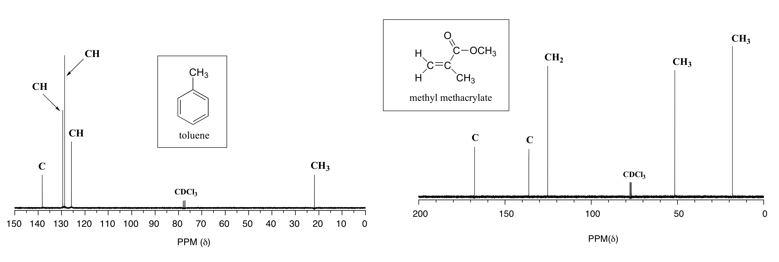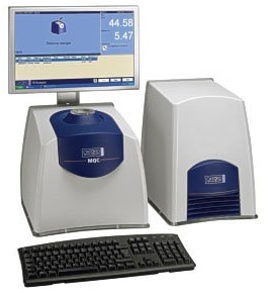Chemical Composition Determination
Understanding the chemical composition of a sample provides valuable information that can assist in solving chemical problems and ensure the quality of a product. Several techniques are used for chemical composition analysis, one of which is NMR spectroscopy. NMR is a preeminent technique for determining the unique structures of organic molecules. Different chemical groups show different characteristics on NMR spectra. Using NMR, scientists are able to identify the components of an organic compound. Supported by the state-of-the-art instrumentations at NMR platform, professional scientists at Creative Biostructure are able to provide services of chemical composition determination for research in the fields of chemistry, material science, food science, and industrial area.

Proton NMR (H-NMR) spectroscopy is the first well-established application of NMR to illustrate the structure of organic compound. Structure information of a molecule is revealed by NMR based on four components shown on the spectra of H-NMR: numbers of signals, position of signals, integration, and splitting patterns. Each group of chemically equivalent protons gives rise to a signal. Tetramethylsilane (TMS) is usually used as the reference compound, because it can be easily removed from the sample by evaporation due to its volatile property. In addition to H-NMR, other spectrometers, such as carbon NMR (C-NMR) and nitrogen NMR (N-NMR), are also used in chemical composition analysis. Combinations of one or multiple dimensional NMR spectra make it possible to rapidly determine the main components of complex mixtures.
Both high-field and low-field spectrometers are used for chemical composition analysis. Since the first low-field benchtop NMR spectrometer was introduced in early 2011, its application in chemical composition determination has been exploded and developed.
Benchtop NMR features:
- Compact size
- Easy to use design
- Short turnaround time and low cost

It provides cost-effective NMR for routine academic research and industry.
Acceptable samples include, but not limited to:
- Chemicals
- Polymers
- Pharmaceuticals
- Food ingredients
- Consumer products
Our chemical analysis experts have extensive expertise in detecting the chemical composition and impurities of samples, materials, and products. Please contact us for more information.
Ordering Process
References
- Roberts J., (2003). Organic Chemistry Application. Encyclopedia of Nuclear Magnetic Resonance. Vols. 1-9, 8063 p.
- Sadykov B., Starikov V., (2012). Determination of the fractional composition of merchantable oil using quantitative 1H NMR spectra. Petroleum Chemistry. 52: 22-27.
